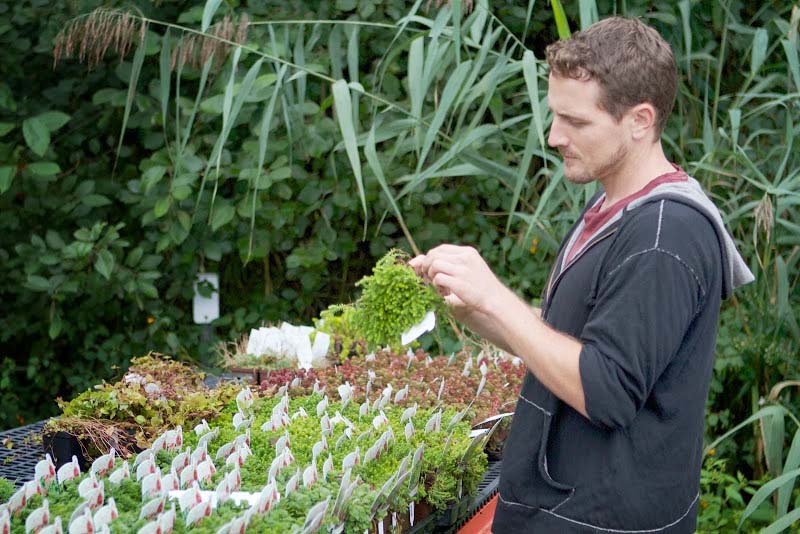
Life Desk :
As everyone else started to mourn summer’s loss, I found myself secretly willing it away. I love autumn: the dampness, the rot, the layers both on the ground and on me, the woolly jumpers. I love the smells, the way the slanting sunlight makes colours both brilliant and faded. It’s a journeying season. You look back at the sweetness and ease of summer. You look forward in trepidation at the darkness of winter and yet you cannot stand still – it’s getting too cold for that.
All the tender things in the garden know it, too. Everything that can is creeping back down below to the warmth of deeper soils. Your job is to gather up the last goodness and cover over the tender before the seasonal dankness takes hold.
Whether it’s another mild winter or a harsh one, I’m lifting all I can this year. If it’s mild, the slugs will continue in force, so I am taking up carrots, beetroot, turnips and swedes to go into store. The tiny black keel slugs are the worst. They make innocuous holes from the outside, but once inside they tunnel and excavate. Of course, you find out about this only once you’re in the kitchen. So, out any vegetables have to come. I leave the carrots until last, because a few frosts do something wonderful to the sugars and they taste better for it.
I store these vegetables in florist’s buckets filled with sand. I twist (never cut) off the tops, making sure there are no slugs anywhere, then bury them in the sand. I don’t wash the roots, because the soil acts as a protective outer layer, helping to prevent moisture loss. Once all the tubers are in buckets, I store these in dustbins buried up to the lids in the ground outside. They are a cheap form of an old-fashioned root cellar. The bottom of the bin is below the frost layers and remains at 0C – a free outdoor fridge. It’s also vermin-proof, because the lids are the lock-down sort. I have two on the allotment: they are invaluable for tubers, and can store cabbages for a month or so if the roots are kept on.
I then mulch anything that is to be left in the ground – parsnips, celeriac, Chinese artichokes and Jerusalem artichokes. All, apart from the celeriac are hardy souls, unbothered by deep, hard frosts, but if the ground is solid, you can’t dig them up. Straw or a thick layer of rough mulch around these plants means that even in the harshest winter you’ll still be able to dig. However, if it turns out to be a wet one, a layer of straw is a slug magnet, so have straw ready and if the forecast suggests the temperature is going down, act quickly.
I also make sure that by the end of the month all my globe artichokes are protected. I find a wet, mild winter is more disastrous than a cold one for these. First, cut down any standing stems and lay these on top, then pack in any other brash stems, perhaps old raspberry stems and pea sticks. Then cover the whole lot with a plastic cloche to keep off the rain. The cloche isn’t closed at the ends, so creates airflow. Globe artichokes love dry winters. If left unprotected, they often survive, but emerge late and fail to flower properly.
– Alys Fowler, The Guardian

